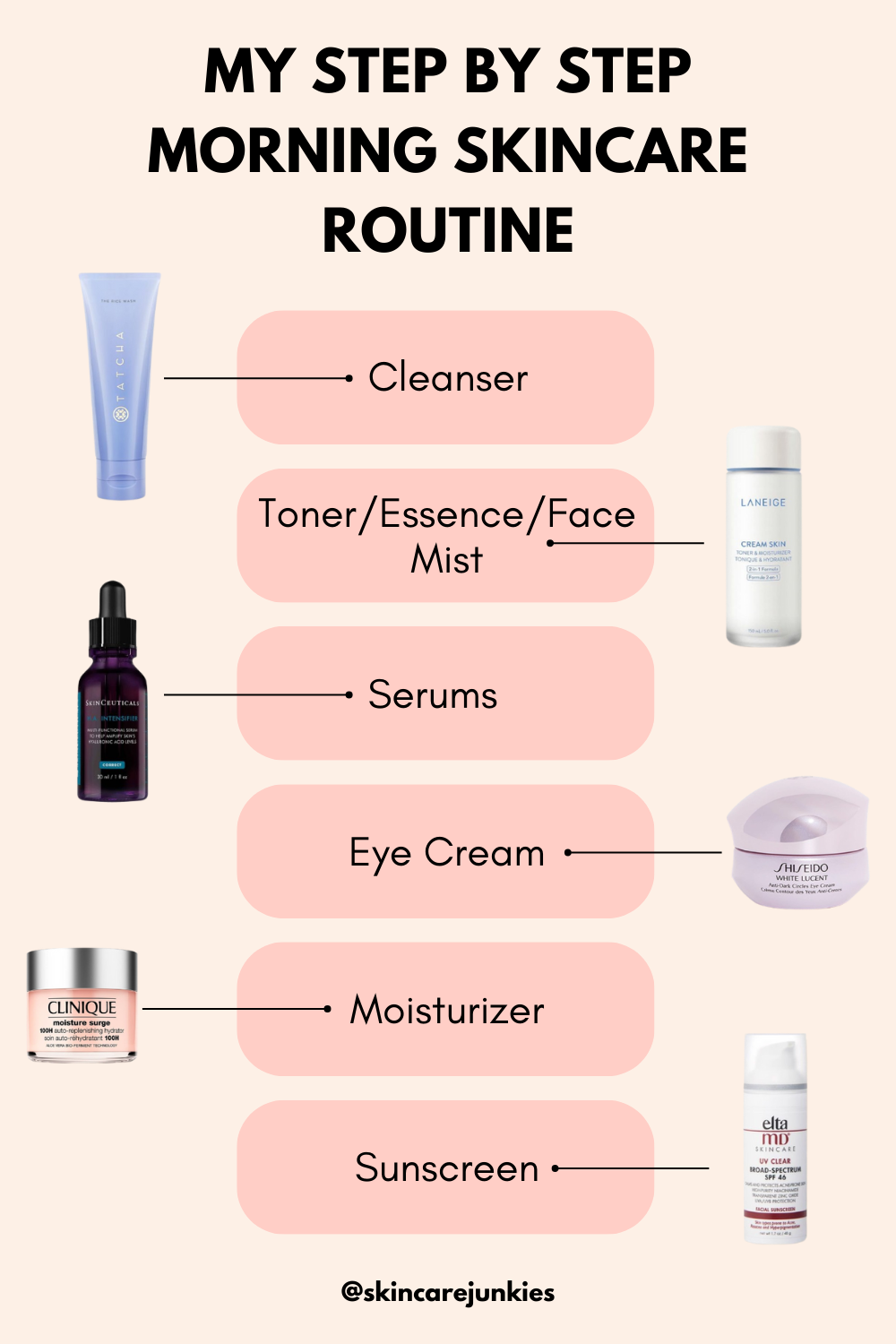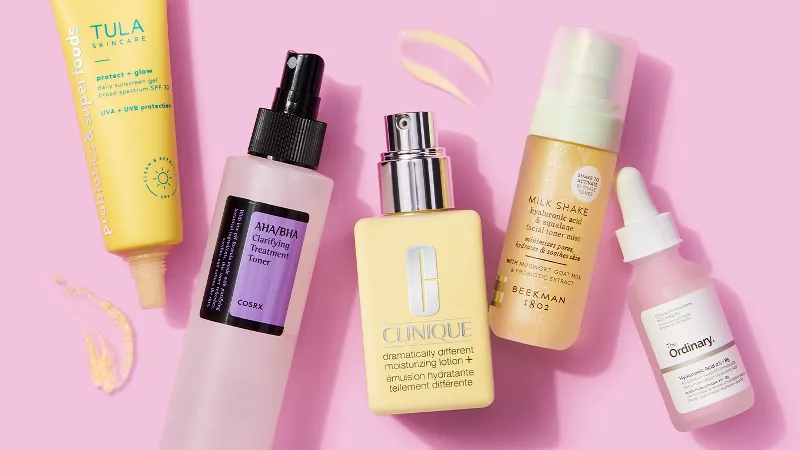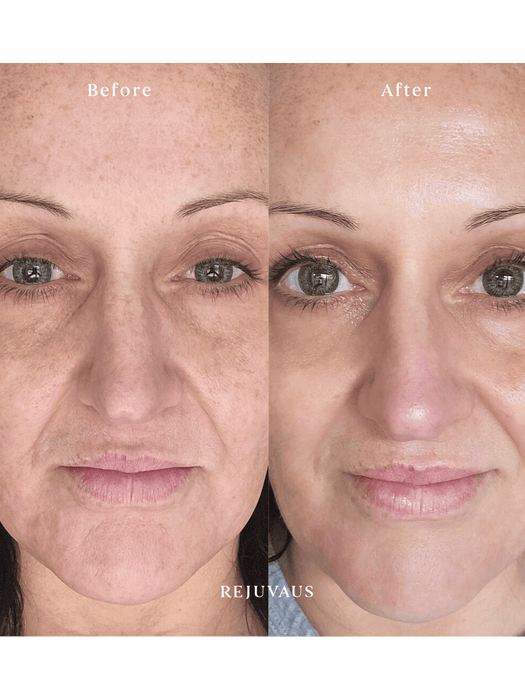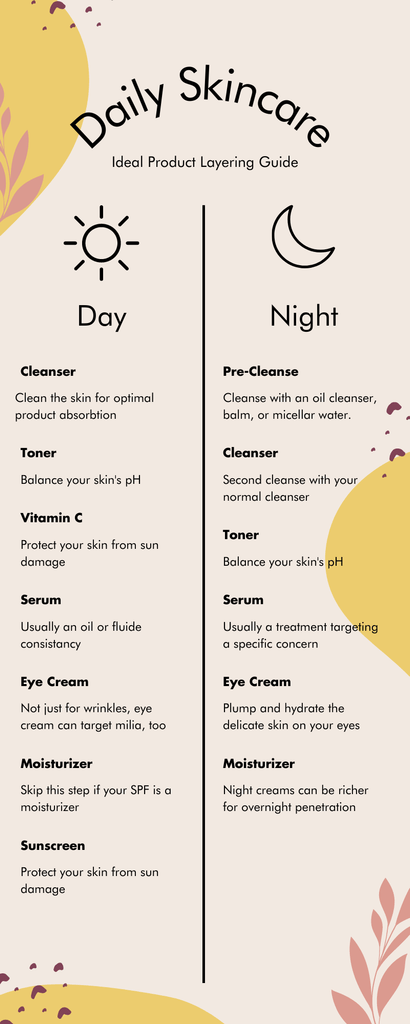Want glowing, healthy skin that turns heads? It all starts with the right routine.
But with so many products and steps out there, it’s easy to feel lost. What if you could simplify your skincare without missing anything important? This 5 Step Skincare Routine is designed just for you—easy to follow and effective. Keep reading to discover how these simple steps can transform your skin and boost your confidence every day.
Your best skin is closer than you think.
Credit: www.lemon8-app.com
Cleanse Your Skin
Cleansing your skin is the essential first step in any skincare routine. It removes dirt, oil, and impurities that build up throughout the day. Clean skin allows other products to work better and keeps your face fresh and healthy. Proper cleansing sets the foundation for glowing skin.
Choosing The Right Cleanser
Select a cleanser that fits your skin type. For dry skin, creamy or hydrating cleansers work best. Oily skin benefits from foaming or gel cleansers that remove excess oil. Sensitive skin needs gentle, fragrance-free formulas to avoid irritation. Look for ingredients that soothe and protect your skin’s natural barrier.
Proper Cleansing Techniques
Use lukewarm water to wet your face. Apply a small amount of cleanser using your fingertips. Gently massage in circular motions for about 30 seconds. Avoid scrubbing hard, which can damage your skin. Rinse thoroughly and pat dry with a soft towel. Never skip this step both morning and night for the best results.

Credit: liftlikeamother.com
Exfoliate Gently
Exfoliation is a key part of a good skincare routine. It helps remove dead skin cells and clears pores. Gently exfoliating keeps your skin smooth and bright. It also prepares your skin to absorb moisturizers and serums better. Harsh scrubs can damage your skin, so choosing the right exfoliant and frequency matters.
Types Of Exfoliants
There are two main types of exfoliants: physical and chemical.
- Physical exfoliantsuse small particles or tools to scrub away dead skin. Examples include sugar scrubs, brushes, and exfoliating gloves.
- Chemical exfoliantsuse acids or enzymes to dissolve dead skin cells. Common types are alpha hydroxy acids (AHAs) like glycolic acid and beta hydroxy acids (BHAs) like salicylic acid.
Chemical exfoliants are often gentler and better for sensitive skin. Physical exfoliants should have fine, smooth particles to avoid micro-tears.
How Often To Exfoliate
Frequency depends on your skin type and the exfoliant used.
- For sensitive skin, exfoliate once a week to avoid irritation.
- Normal or oily skin can exfoliate two to three times a week.
- Chemical exfoliants may be used more frequently but start slow.
Listen to your skin. If it feels dry or irritated, reduce exfoliation. Always follow exfoliation with sunscreen during the day to protect new skin cells.
Tone For Balance
Toning your skin is a crucial part of any effective skincare routine. It helps restore your skin’s natural pH balance after cleansing and prepares it for better absorption of serums and moisturizers. If you’ve ever skipped toner, you might have noticed your skin feels tight or uneven—toning can fix that.
Benefits Of Toners
Toners do more than just refresh your face. They remove leftover dirt, oil, and makeup that your cleanser might miss.
Many toners contain ingredients that soothe irritation and reduce redness, making your skin calmer and more comfortable.
They also tighten pores and help control oil production, which can reduce breakouts and give your skin a smoother appearance.
Selecting The Best Toner
Choosing the right toner depends on your skin type and concerns. If you have dry skin, look for hydrating toners with ingredients like glycerin or hyaluronic acid.
For oily or acne-prone skin, opt for toners with salicylic acid or witch hazel to control oil and prevent pimples.
Always check the label for alcohol content—high alcohol can dry out your skin and cause irritation.
Have you noticed how your skin reacts after using a toner? That can guide you to the perfect product for your needs.

Credit: meinkbeauty.com
Apply Serum
Applying serum is a key step in any skincare routine. Serums deliver powerful ingredients deep into the skin. They are lightweight and absorb quickly. Serums boost hydration, brighten skin, and reduce signs of aging. Using the right serum can improve your skin’s health and appearance.
Popular Serum Ingredients
- Vitamin C:Brightens skin and fights free radicals.
- Hyaluronic Acid:Provides intense hydration and plumps skin.
- Retinol:Helps with wrinkles and improves skin texture.
- Niacinamide:Reduces redness and controls oil production.
- Peptides:Support collagen and skin firmness.
Targeting Skin Concerns
Choose a serum based on your main skin issue. For dull skin, use Vitamin C. Dry skin benefits from Hyaluronic Acid. For aging signs, Retinol works well. Oily or acne-prone skin improves with Niacinamide. Sensitive skin needs gentle peptides. Match your serum to your skin’s needs for best results.
Moisturize Daily
Moisturizing daily is a key step in any skincare routine. It keeps your skin soft and hydrated. This helps protect your skin from dryness and damage. Regular moisturizing also supports a healthy skin barrier. It can reduce the look of fine lines and improve skin texture. Moisturizers lock in moisture and create a smooth surface.
Choosing A Moisturizer
Select a moisturizer based on your skin type. For oily skin, choose a light, oil-free formula. Dry skin benefits from richer creams with hydrating ingredients. Sensitive skin needs gentle, fragrance-free products. Look for moisturizers with ingredients like hyaluronic acid, glycerin, or ceramides. These help keep moisture in and repair the skin barrier. Test new products on a small skin patch first to avoid reactions.
Day Vs. Night Creams
Day creams are lighter and often include SPF. They protect skin from sun and pollution. Night creams are thicker and focus on repair. They contain ingredients like retinol or peptides to support skin renewal. Use day cream in the morning after cleansing. Apply night cream before bed to nourish skin overnight. Both types help keep skin balanced and healthy.
Frequently Asked Questions
What Are The 5 Essential Steps In A Skincare Routine?
The 5 essential steps include cleansing, toning, moisturizing, applying serum, and sun protection. Each step targets skin health and hydration. Following this routine daily helps maintain clear, youthful skin and protects against environmental damage.
How Often Should I Follow The 5 Step Skincare Routine?
You should follow the 5 step skincare routine twice daily—morning and night. Morning care prepares your skin for the day, while nighttime care repairs and rejuvenates skin overnight for best results.
Can The 5 Step Skincare Routine Work For All Skin Types?
Yes, the 5 step skincare routine can be customized for all skin types. Choose products suited for dry, oily, or sensitive skin to ensure effective cleansing, hydration, and protection tailored to your needs.
Why Is Sun Protection Important In The Skincare Routine?
Sun protection prevents skin damage from harmful UV rays, reducing aging signs and skin cancer risk. Applying sunscreen daily shields your skin, maintaining its health and preventing discoloration and premature wrinkles.
Conclusion
Achieving healthy skin doesn’t need to be complicated. This simple five-step routine helps maintain clear and radiant skin. Start with a gentle cleanser to remove dirt. Follow with a toner to balance your skin’s pH. Moisturize to keep skin hydrated and fresh.
Don’t forget sunscreen for daily protection. Lastly, treat specific concerns with targeted products. Consistency is key. Stick to this routine for best results. Your skin will thank you. Enjoy the glow and confidence that comes with well-cared skin. Remember, good skincare is a journey, not a sprint.
Happy skincare!




